在制造业、供应链、建筑业和其他行业中,有许多优秀的数字孪生实例,因为这些公司都接受了IoT 和云技术,并寻求优化其部署的有效性。事实上,石油天然气和零售等其他行业也创建了创新的数字孪生应用。
随着许多行业正在经历数字化转型,人工智能和机器学习等技术以及 5G 网络推动了商业运营中的虚拟现实趋势,我们看到了一些令人兴奋的新数字孪生用例。
在本文中,我们将更深入地定义数字孪生,研究数字孪生的不同用例和应用,并探讨关键行业中的数字孪生实例。请继续阅读,了解这些数字孪生实例是如何塑造其所在行业的。
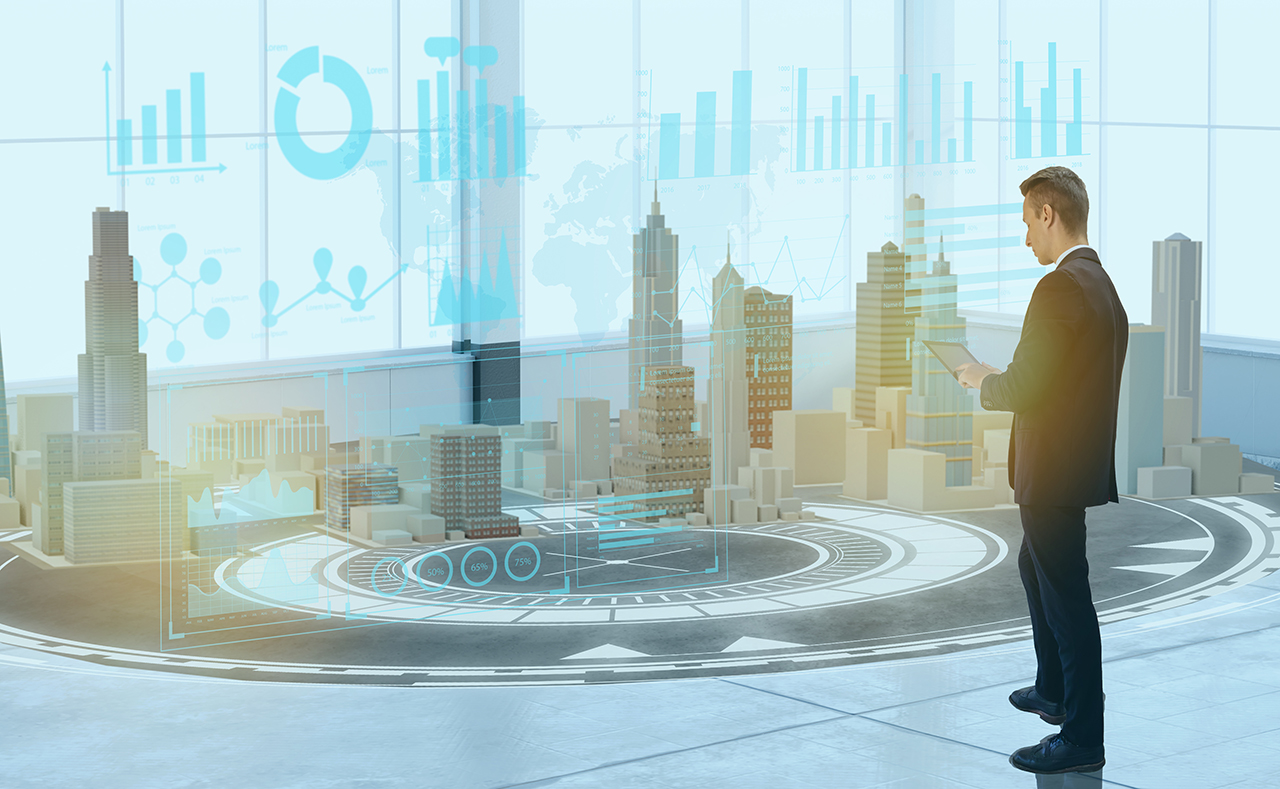
数字孪生 "一词是描述现实世界中现有物理设备或流程的虚拟实时模型的一种简单方式。有关数字孪生的更深入定义,请查看我们的相关博文。从本质上讲,为复杂的现实世界系统创建虚拟模型,可以让开发人员、规划人员和其他利益相关者直观地了解这些系统,评估其可行性,执行测试,并调整现实世界版本的构造,从而节省时间和费用,甚至避免失败。
密歇根大学的 Michael Grieves 博士于 2002 年首次使用这一术语来描述应用于制造业的软件概念。但美国国家航空航天局自 20 世纪 60 年代的太空任务以来,就一直在实践数字孪生概念。其飞行人员制作了精确的数字复制品来测试航天器的性能。
继续阅读,进一步了解数字孪生的工作原理及其在当今IoT 系统中的价值。
数字孪生制造实例
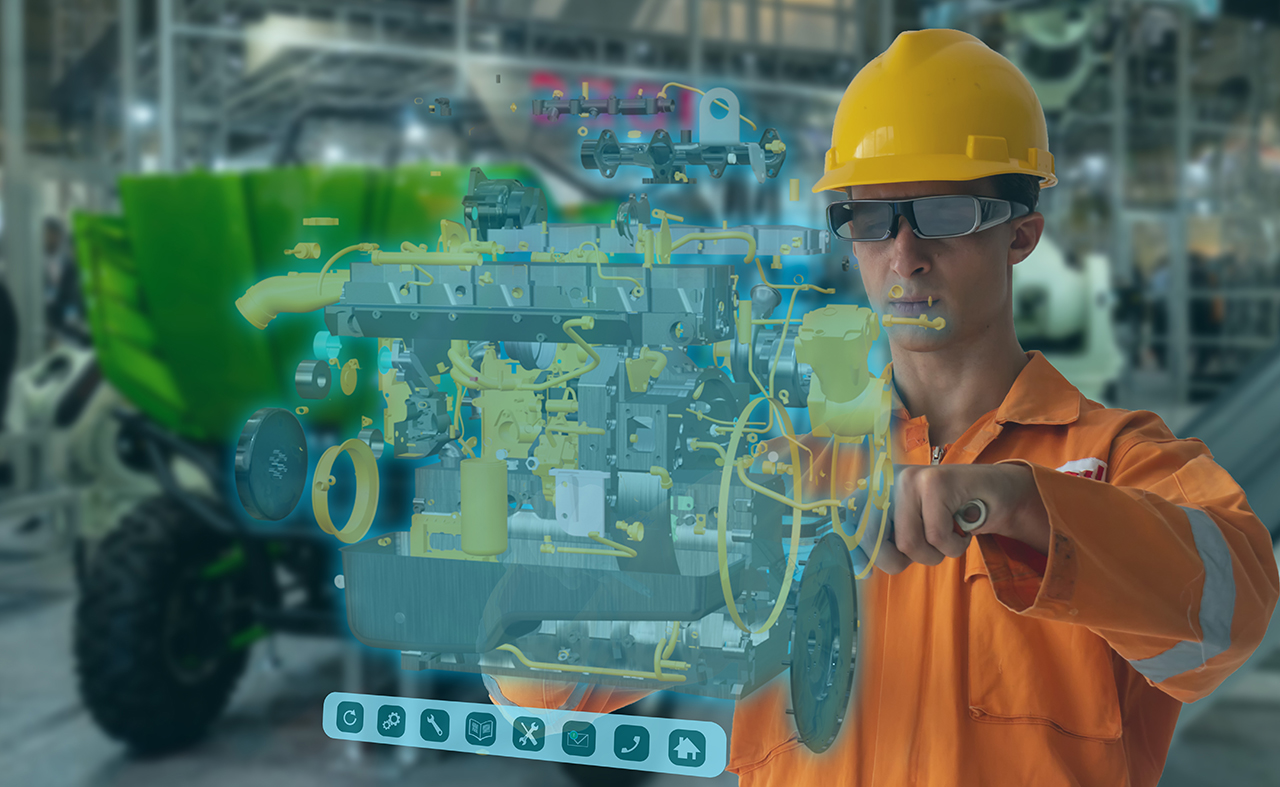
什么是制造业中的数字孪生?数字孪生在制造业中的威力在于能够从所有现有系统中获取实时IoT 数据,并利用人工智能和数据分析快速优化性能。有了这些基于软件的模型,制造商就可以实时跟踪流程和机器,并在故障发生前对预测故障采取行动。 许多市场领先的公司都享受到了数字双胞胎在制造业中带来的好处。
制造业数字孪生实例
下面的例子说明了数字孪生技术对制造业的重要性。
车辆设计--据雷诺公司称,该汽车公司利用先进的计算技术、数字模拟、人工智能和云技术,为其车型构建了一个完整的虚拟原型。这一制造中的数字孪生实例跟踪原型的整个制造过程及其他过程。工程师可以通过它对虚拟车辆进行测试、修改和互动,从而在制造原型车之前对设计进行修改。从操控、空气动力学、发动机设置到自动驾驶,一切都可以在孪生中进行测试。在模拟器中,驾驶员甚至可以驾驶模型进行虚拟路试。然后,双胞胎还包括制造要求,以优化生产。在汽车的整个生命周期中,即使在购买之后,真实世界的车辆和数字孪生也会不断地相互学习。通过这种方式,云技术实现了实时更新和改装。
工厂规划-Electrolux 是一家全球性的家用和商用厨房电器制造商,计划在全球建立 11 个数字化生产基地。他们最终计划为所有生产基地创建一个数字孪生系统。工厂的虚拟布局将模拟物料流,以优化产能和效率。通过优化流程,试点项目已经节省了 200 万美元。
数字孪生供应链实例
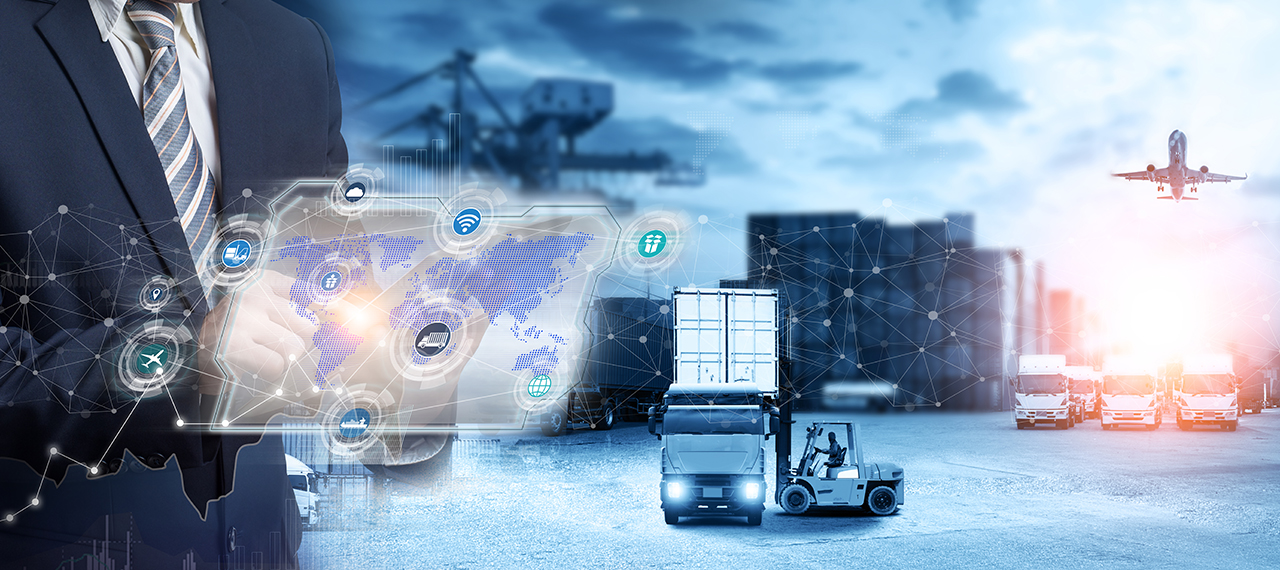
在大流行病期间,许多组织发现电子表格在中断期间变得多么有限。数字孪生系统可以让企业模拟其供应链设计如何应对不同的供需冲击。供应链数字孪生是确保供应链弹性的好方法。毕竟,肯定会有新的供应链冲击威胁到从供应短缺到运输积压的一切。
供应链中的数字孪生应用案例
军事运输- US Transcom 向世界各地运输军事装备和部队。他们部署了数字孪生解决方案来取代电子表格,因为他们需要降低数百万美元的成本。他们绘制了不同的物流流程图,通过识别不同的流动路径和订单模式,最终降低了 20 亿美元的成本。这些巨大的成果表明,数字供应链孪生解决方案是如何改善公司底线的。
超市--供应链中的另一个数字孪生实例包括一家法国连锁超市。Intermarché通过从IoT 上的货架和销售系统获取数据,创建了实体店的数字孪生系统。有了这些数据,商店经理就可以测试不同的楼层布局和库存流。
仓库管理--长期的工人短缺和消费者日益提高的期望值,都要求仓库运营管理具有灵活性。这正是供应链数字孪生系统可以提供帮助的地方。它可以实时提供基线操作可视化,绘制高活动区域图,改善人员和资产流动。供应链数字孪生模型允许用户在不中断运营的情况下创建 "假设 "场景。
数字孪生构建实例
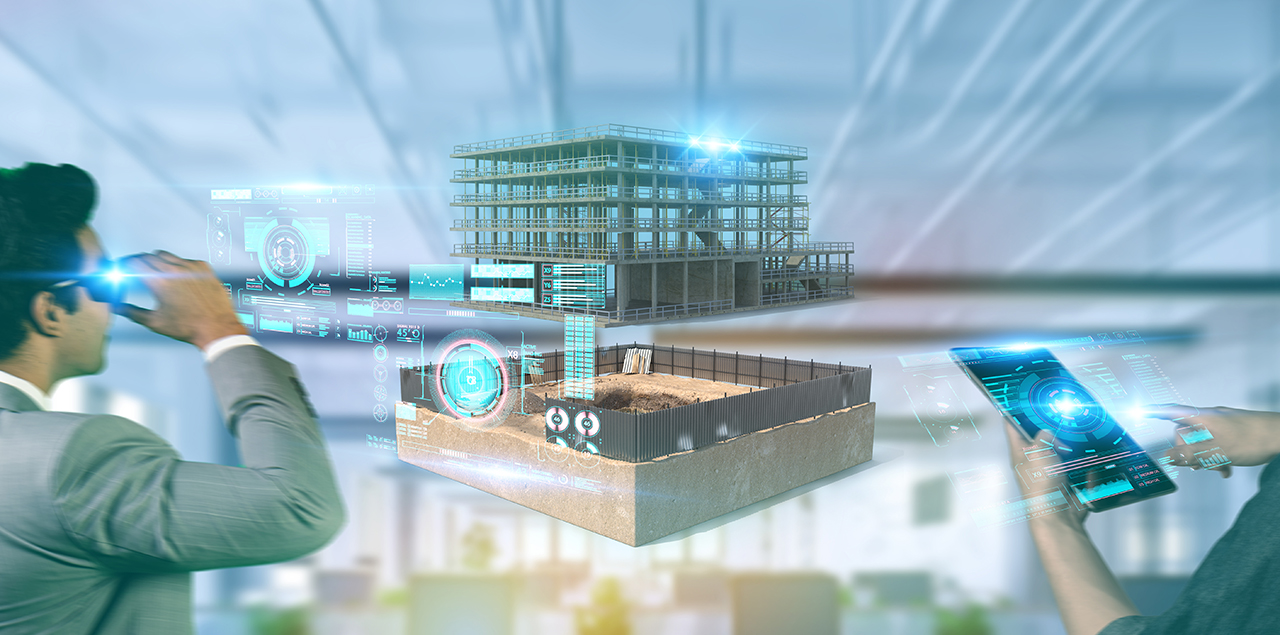
质量保证和质量控制-质量保证始终是建筑项目的重要组成部分。Bentley BIM 建模服务使用来自点云数据的建筑数字孪生,创建详细的三维建筑信息模型。利用该建筑数字孪生模型,管理人员可以执行质量保证和质量控制检查,甚至可以识别电气或管道等不同系统之间的差异。
3D 打印- 在阿姆斯特丹,横跨 Oudezijds Achterburgwal 运河的一座 12 米长的钢桥是第一座完全 3D 打印的人行天桥,它拥有自己的数字孪生体。这座建筑数字孪生体利用桥梁沿线的传感器网络收集数据,然后用于构建孪生体。工程师利用建筑数字孪生体来分析结构在日常使用中的性能。这是一个很好的例子,说明了建筑数字孪生的好处。
进度跟踪--根据Autodesk 的一份报告,35% 的建筑专业人员从事非生产性工作,如沟通项目信息、解决冲突和处理错误。许多人还认为他们的时间可以花得更有效率。有了建筑领域的数字孪生技术,团队就能在整个项目生命周期中体验到更高的可视性。
其他数字孪生实例
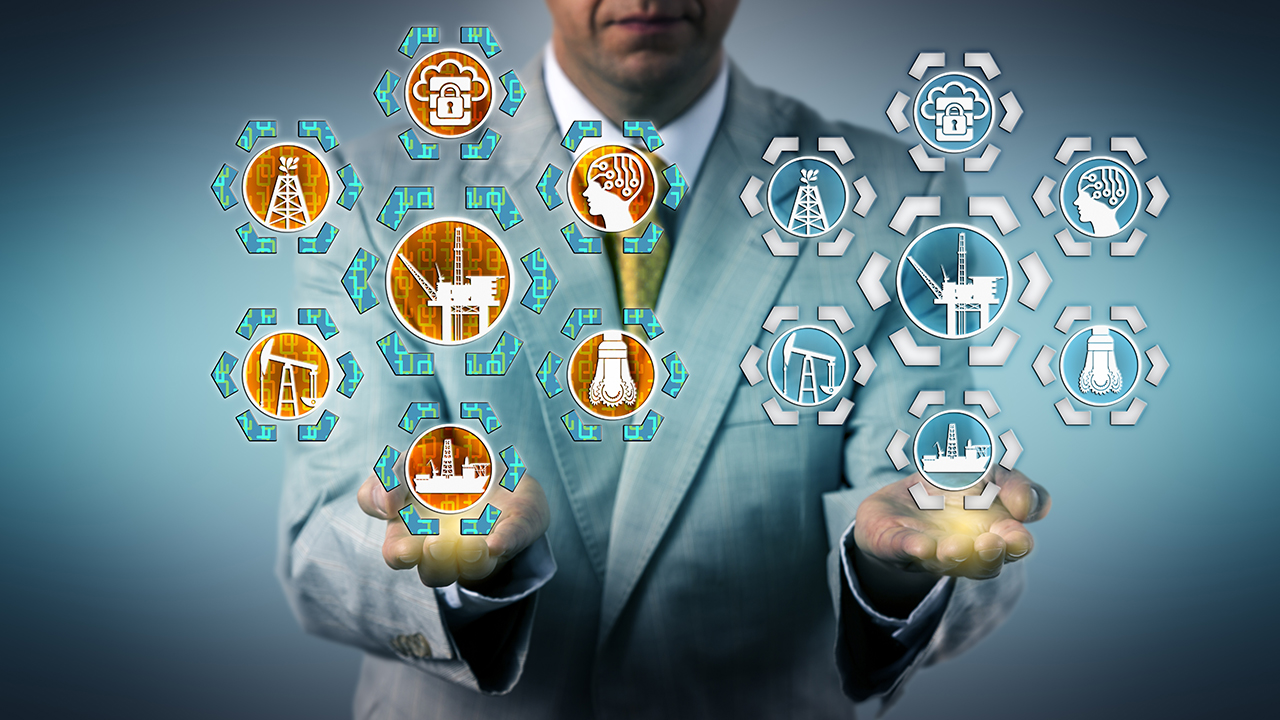
石油和天然气数字孪生实例-石油 和天然气行业的数字孪生可实时模拟炼油厂、海上平台或发电厂等实体资产,从而帮助简化操作并降低成本。因此,预测导致代价高昂的停机的运营问题变得更加容易。石油和天然气领域的数字孪生技术还能让公司了解环境变化和市场条件对能源生产的影响。
供水设施- 葡萄牙的一家公用事业组织 Aguas do Porto 为波尔图市供水。该公用事业公司收集了传感器和遥测数据以及账单、资产、会计和客户服务等数据,实时构建了供水生态系统的数字孪生系统。他们利用供应链数字孪生预测用水量、水质问题甚至洪水。
智慧城市--智慧城市数字孪生利用传感器、移动设备和其他智能连接设备等技术,从建筑环境中收集信息。数字孪生智慧城市实时连接来自车辆、建筑、基础设施和市民的数据。这使公共部门能够对城市系统的成果进行建模,从而改善运营和服务。下载 "数字孪生技术与智慧城市 "PDF 文件,深入了解有关使能技术的研究。
体育场馆--洛杉矶公羊队和洛杉矶充电器队等球队所在的洛杉矶索菲体育场拥有自己的数字孪生系统。这个数字孪生系统实时收集公园运营各个领域的数据。数字孪生实施示例允许从活动组织者到维护和清洁服务人员针对其特定用例使用该模型。
医院运营- 在医疗保健行业,医院运营建模是数字孪生技术的典范。医院管理者可以通过使用数字孪生来模拟人员配置系统、提供能力规划信息、模拟工作流程,甚至探索不同的护理模式,从而提高效率、降低成本。
零售应用- 我们的大多数示例都是在商业、制造和工业领域,因为 Digi 主要专注于这些领域。但在零售领域也有许多实际应用,对于我们通过嵌入式系统支持的开发商和系统集成商来说,零售是一个新兴市场。这方面的例子包括虚拟试穿应用和产品订购,在这些应用中,消费者可以虚拟组装一个模型(汽车是主要例子),以便根据自己的规格定制产品。
Digi 如何提供帮助
正如我们在这些数字孪生实例中所概述的,这些虚拟模型几乎适用于任何行业。它们还能显著改善运营,同时降低成本。无论哪个行业,数字孪生都能改变一个组织,帮助人们更快地做出更好的决策。但是,任何数字孪生的基础都依赖于可靠、强大的传感器、网络和无线通信技术。
这正是 Digi 可以提供帮助的地方。
Digi 在提供和部署IoT 连接解决方案方面拥有超过 35 年的经验,适用于几乎所有可以想象到的行业。因此,在构建您的数字孪生系统时,我们拥有创建可靠通信骨干网所需的专业知识和可扩展的蜂窝解决方案。
您的运营团队一定会喜欢我们的 Digi Remote Manager®平台,因为它将同类最佳的设备管理整合到一个集中式门户中,帮助团队快速跟踪、部署和发送硬件更新,无论他们身处何地。
最后,当您需要专业设计知识时,可在数字孪生系统的设计过程中利用 Digi 专门的无线设计服务团队。该专家团队擅长设计数字孪生所需的嵌入式系统--采用我们的无线通信模块和 SOM的嵌入式技术。
让我们帮助您建立数字孪生系统,改变您的运营模式。
下一步工作